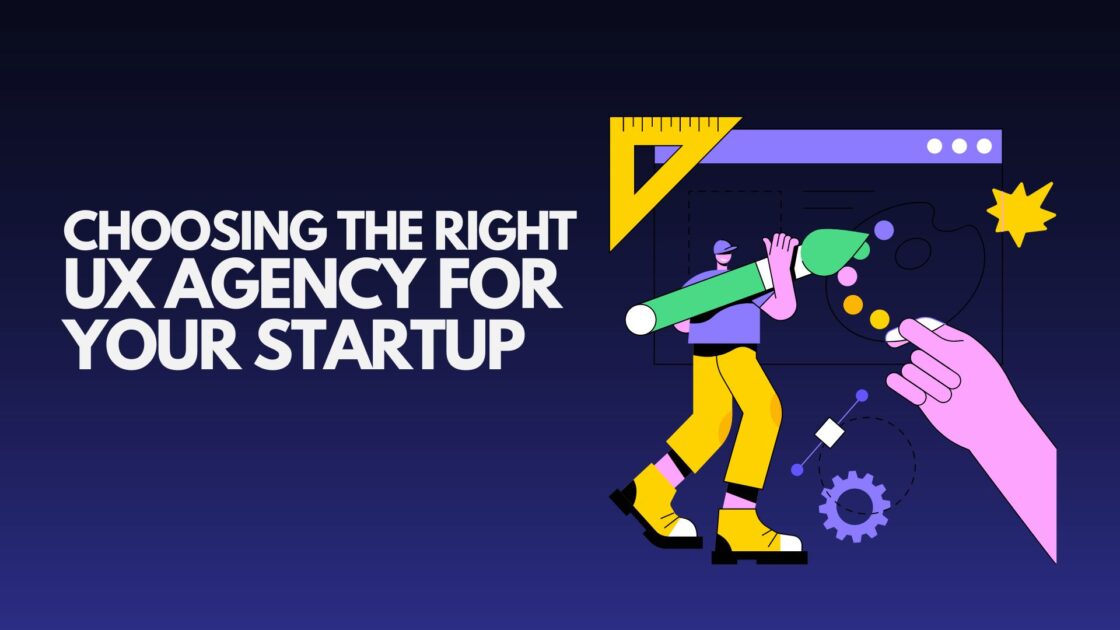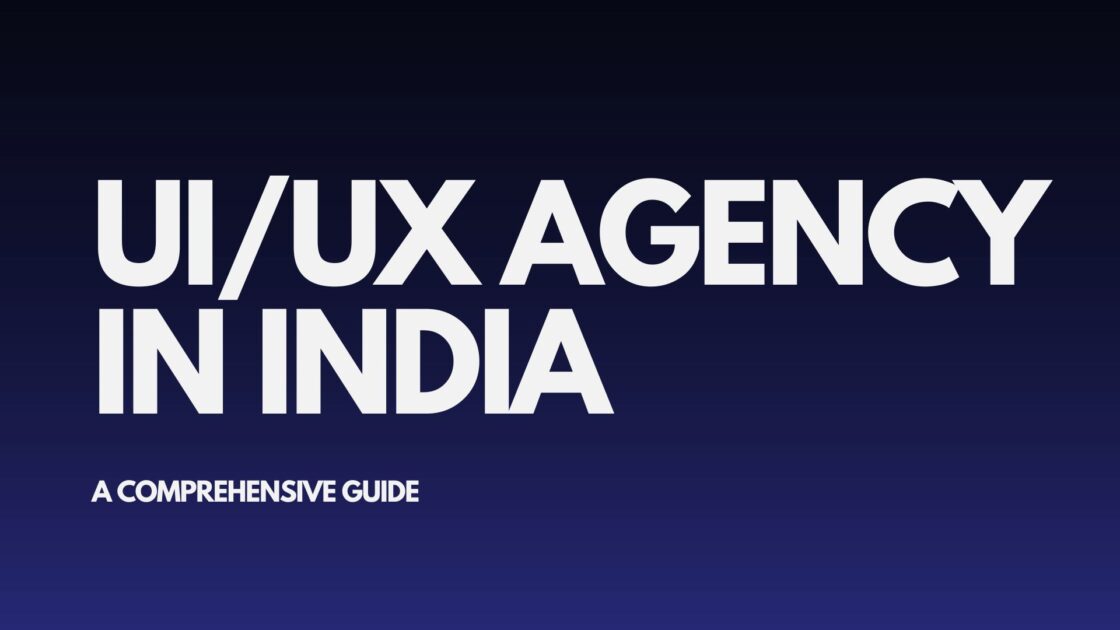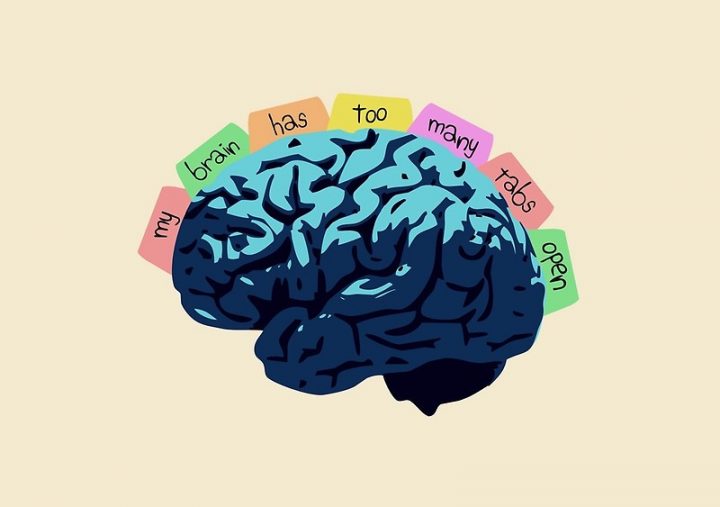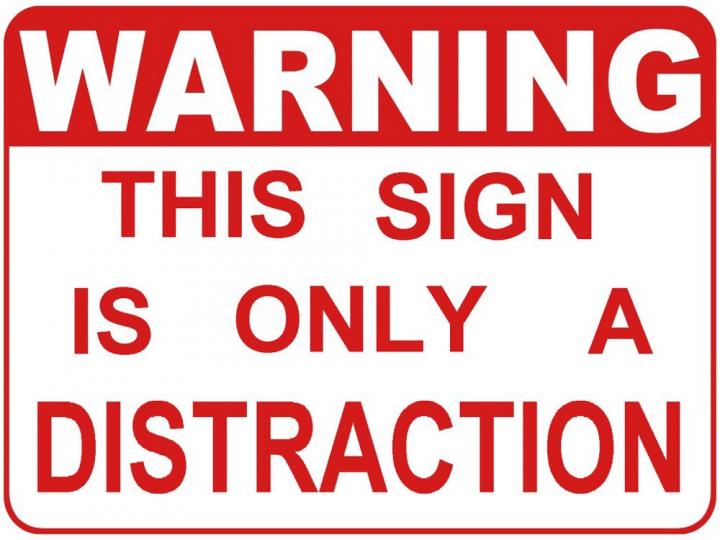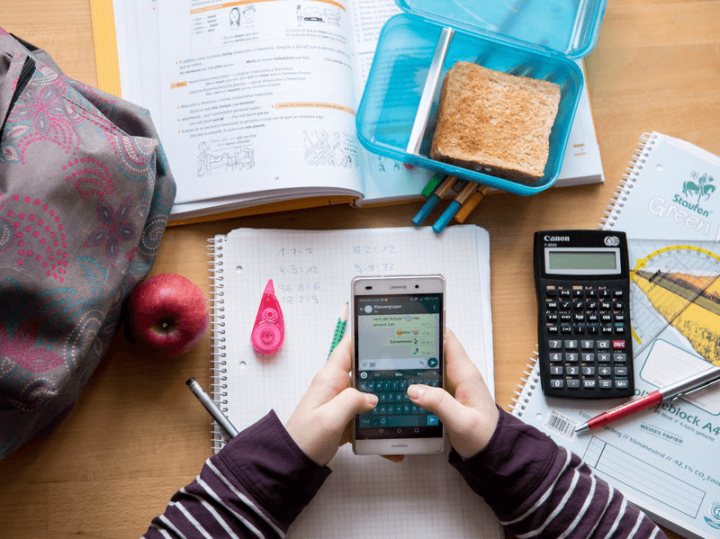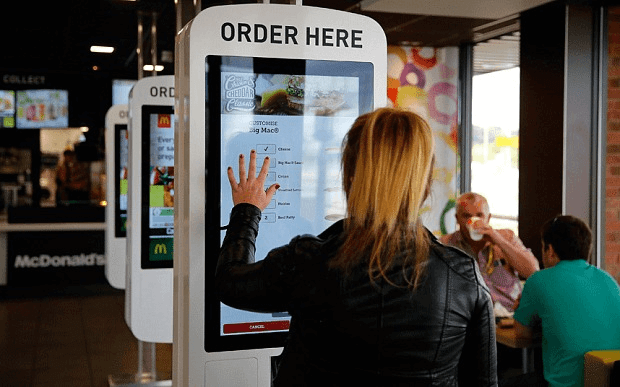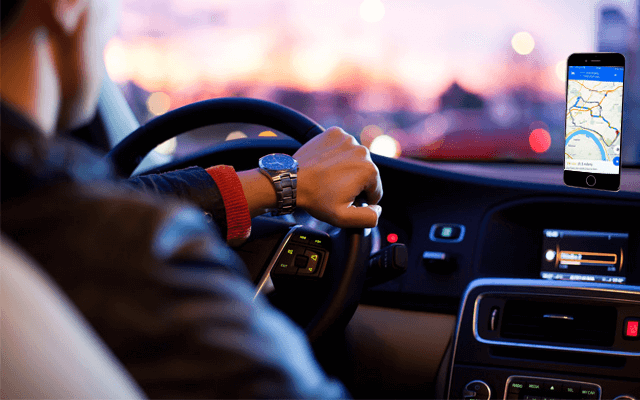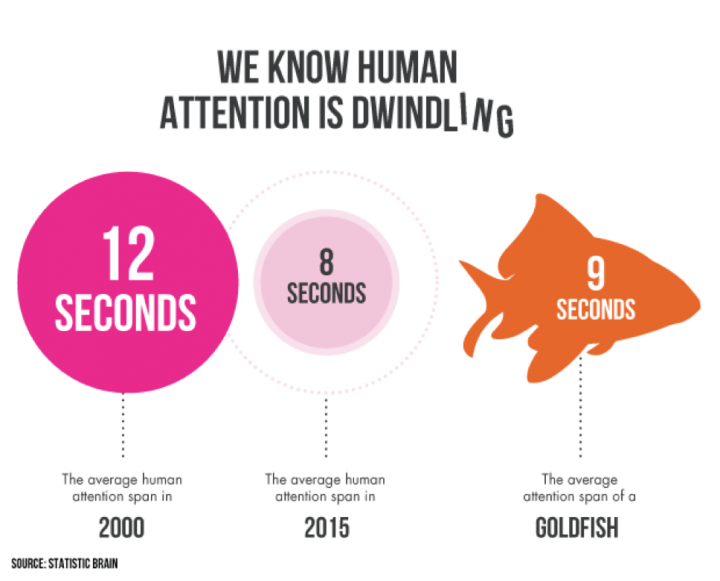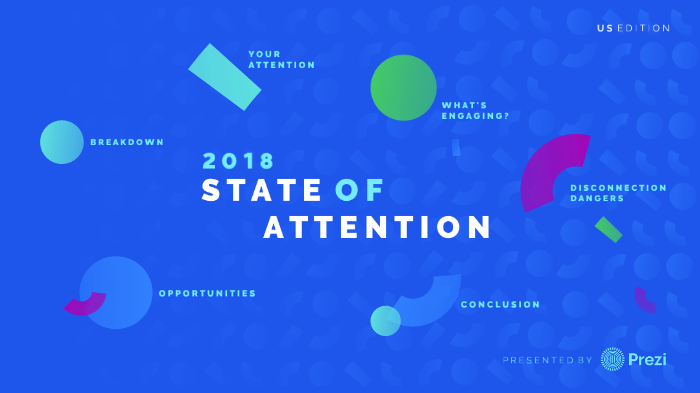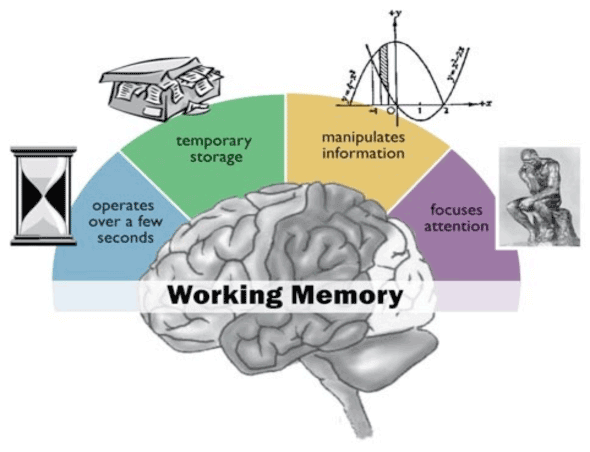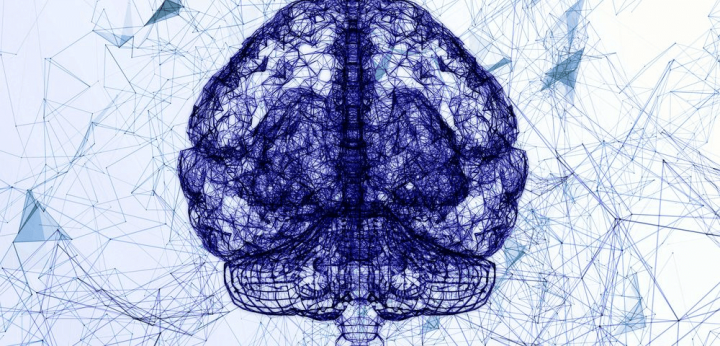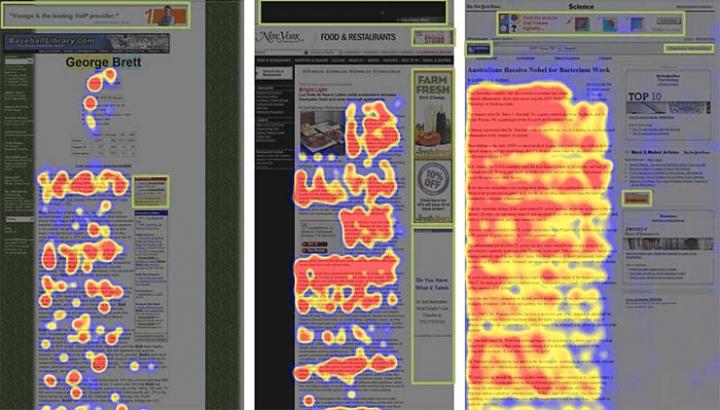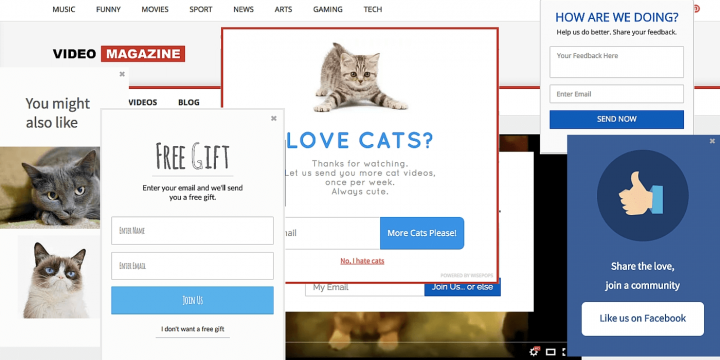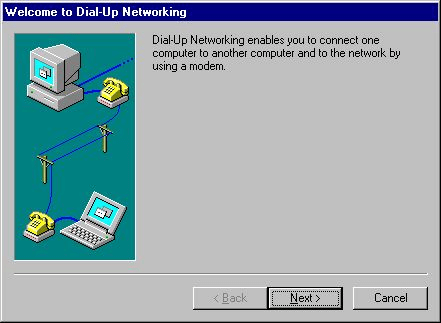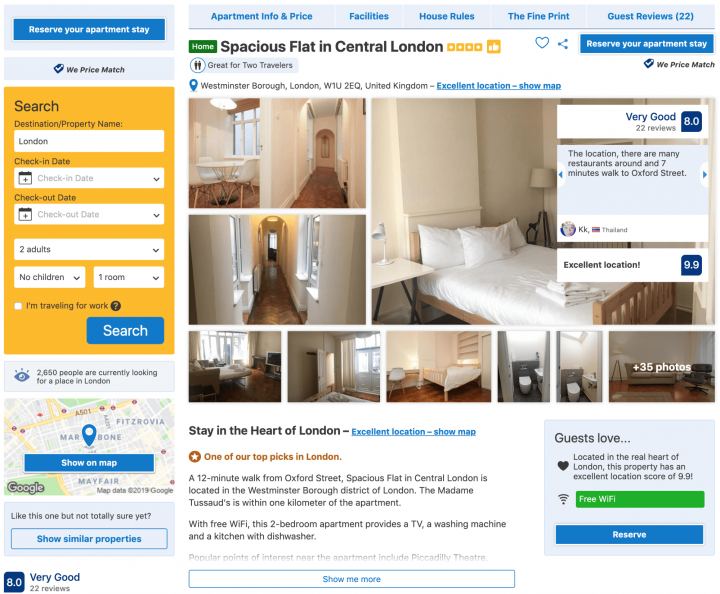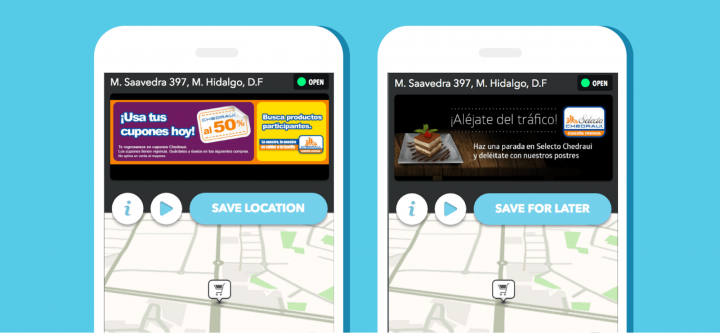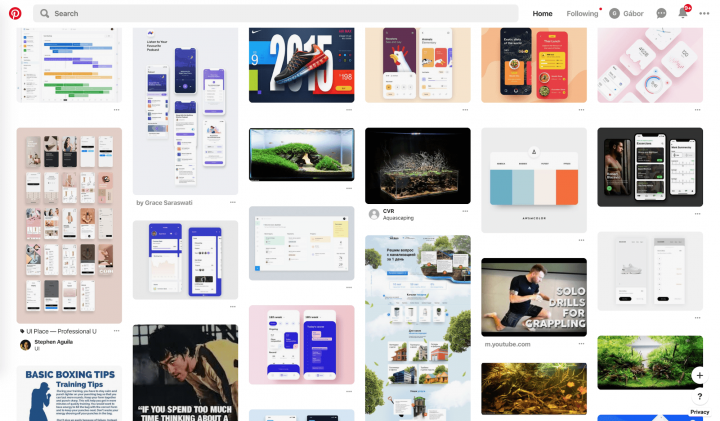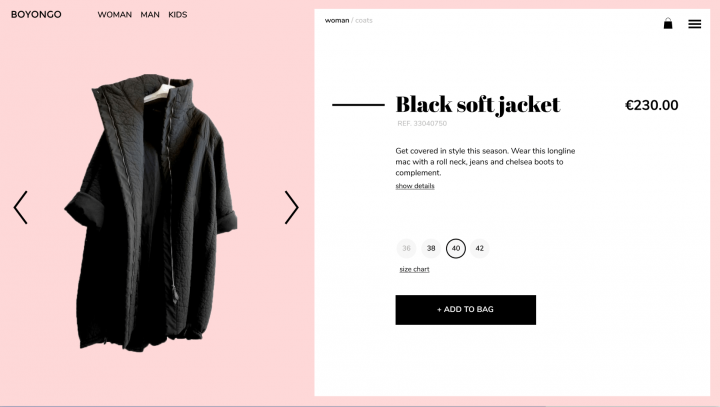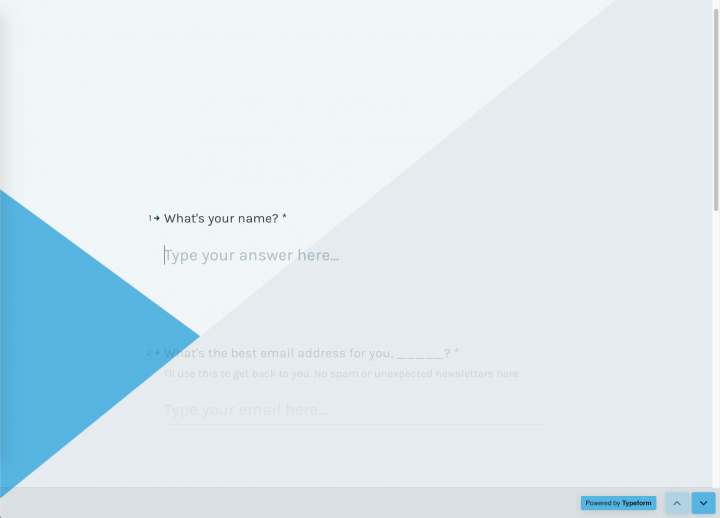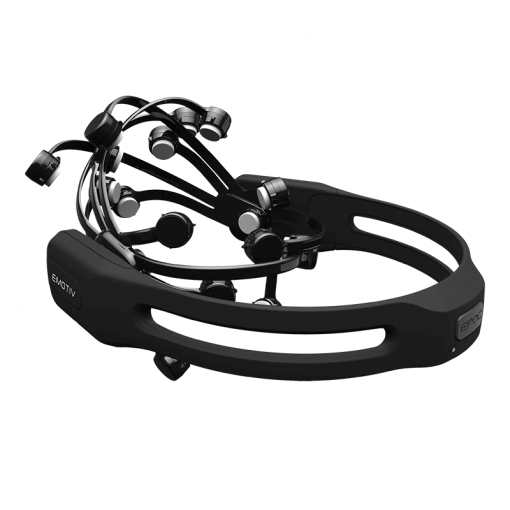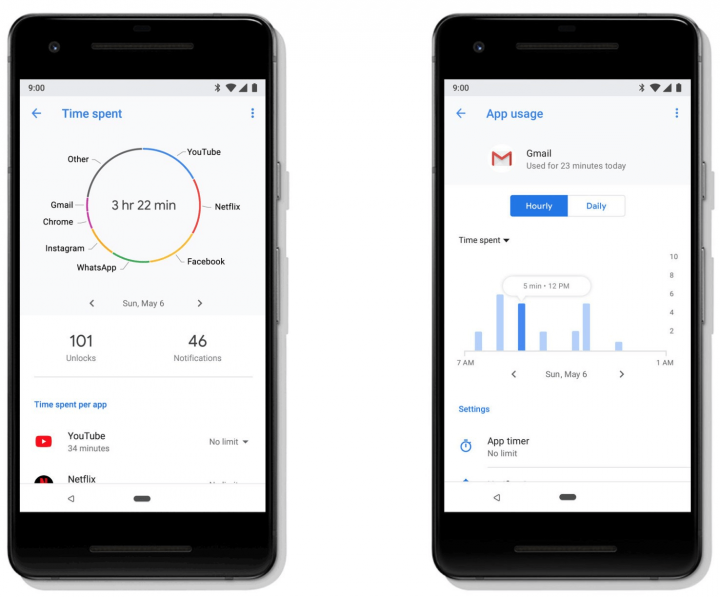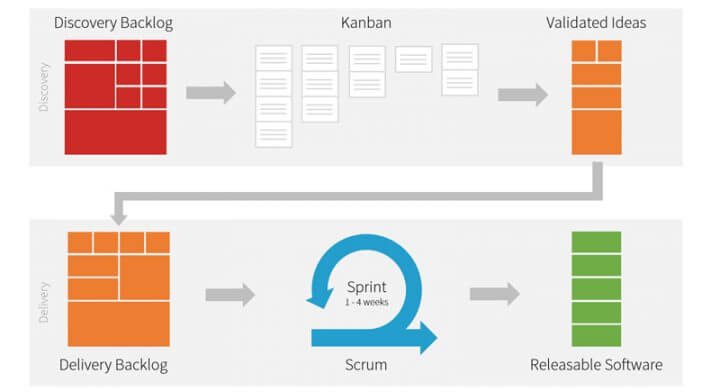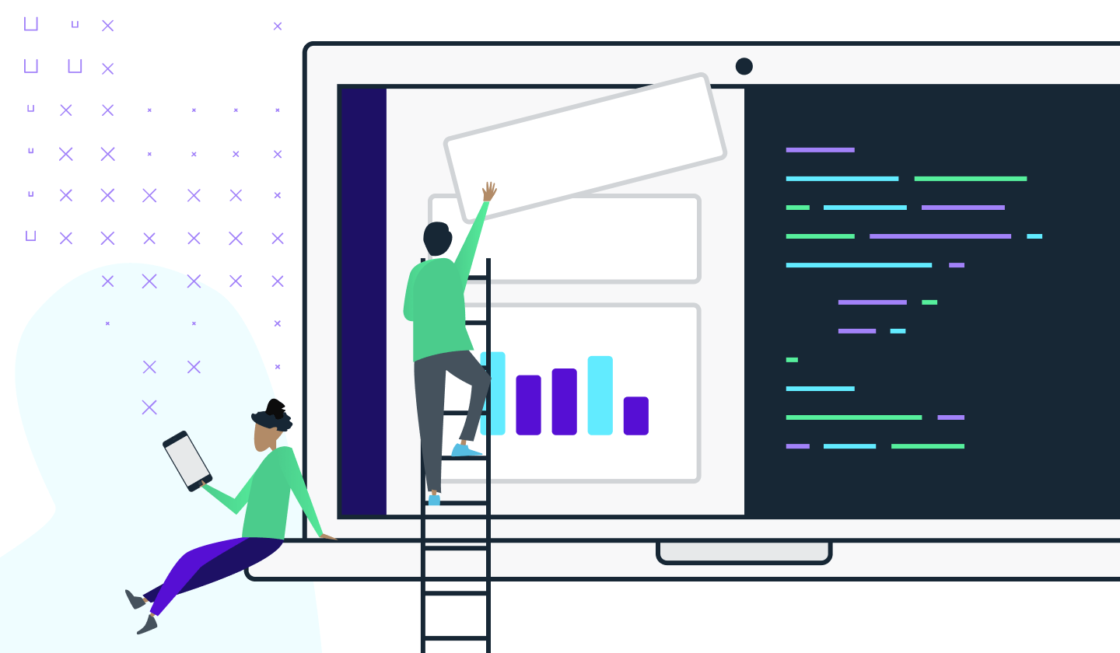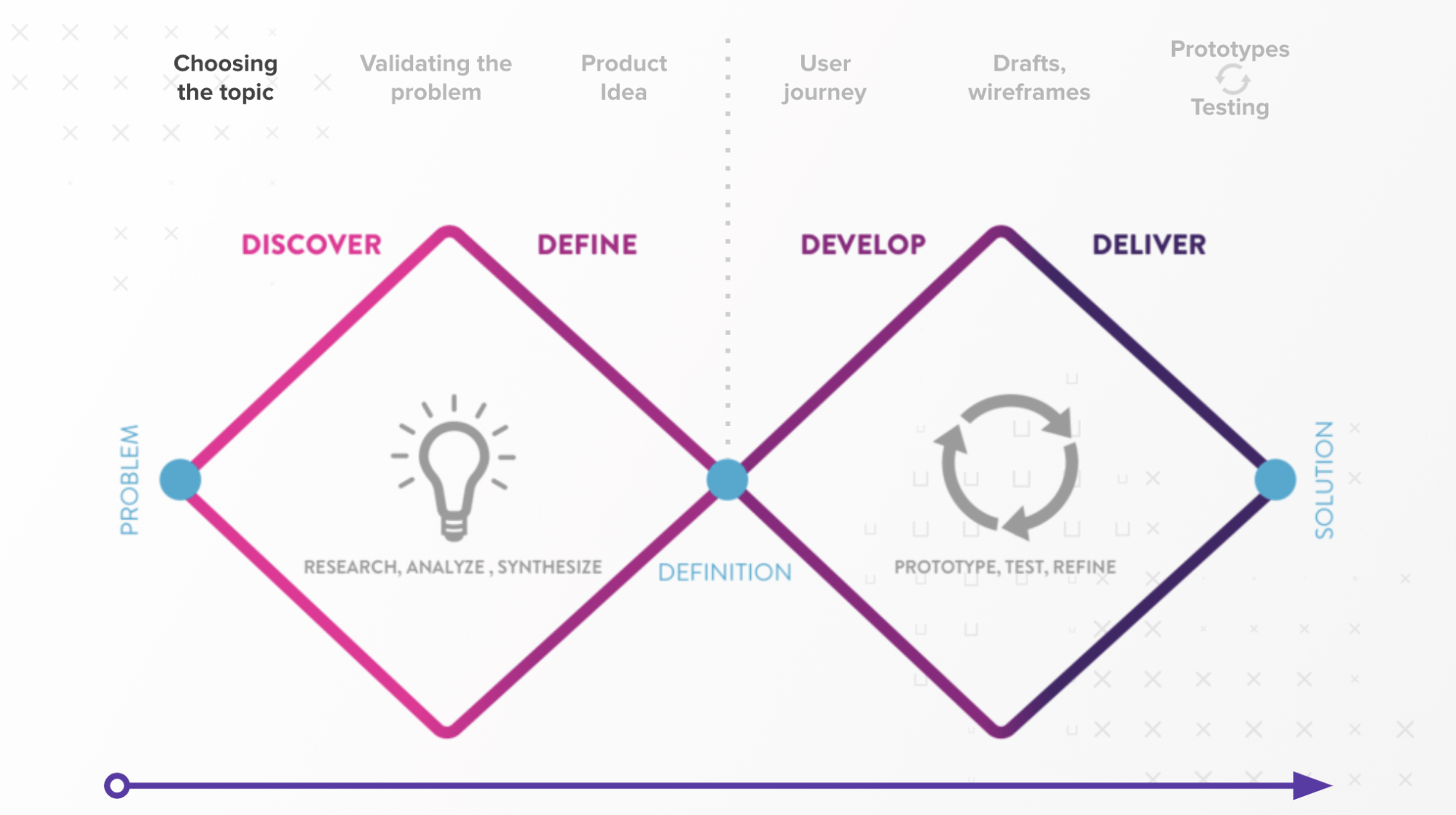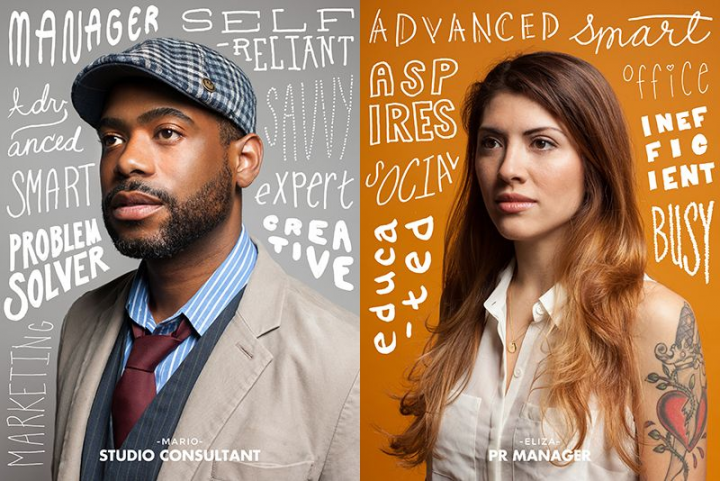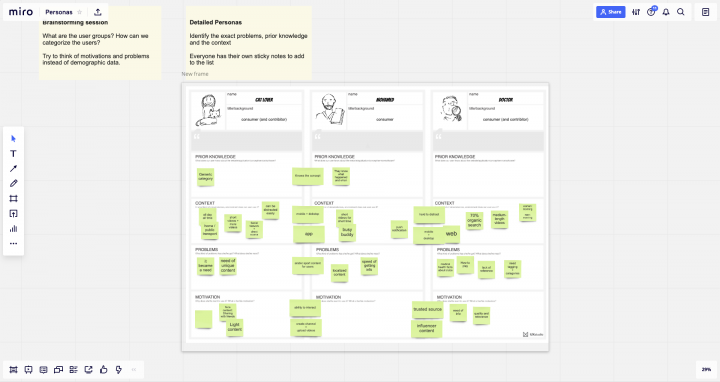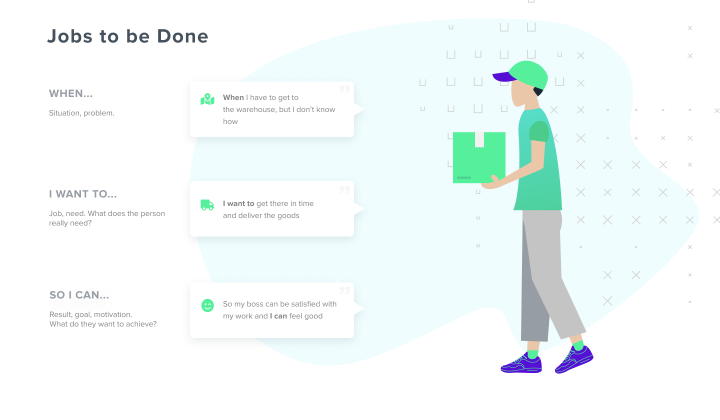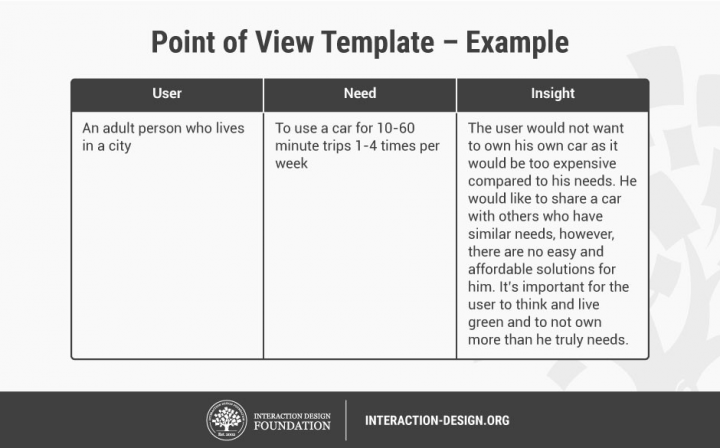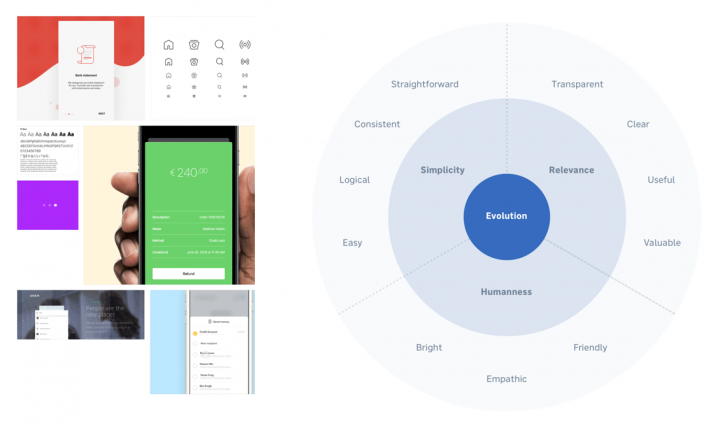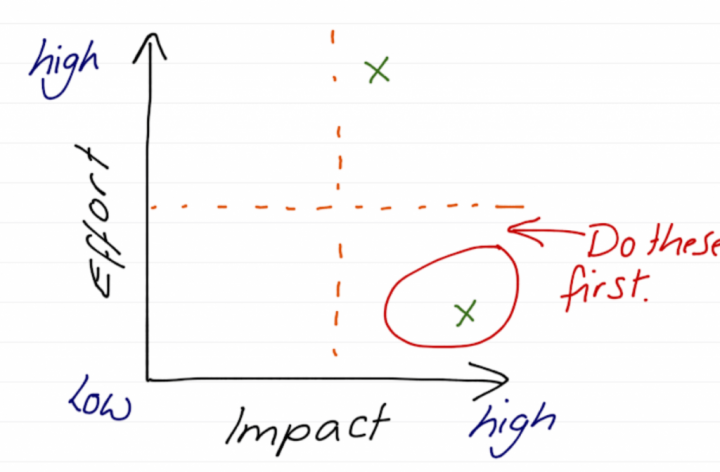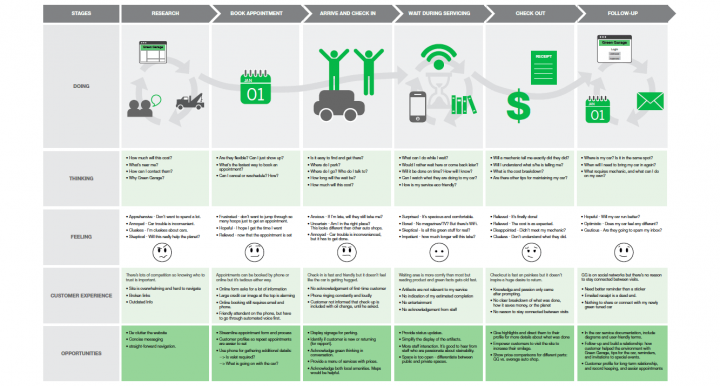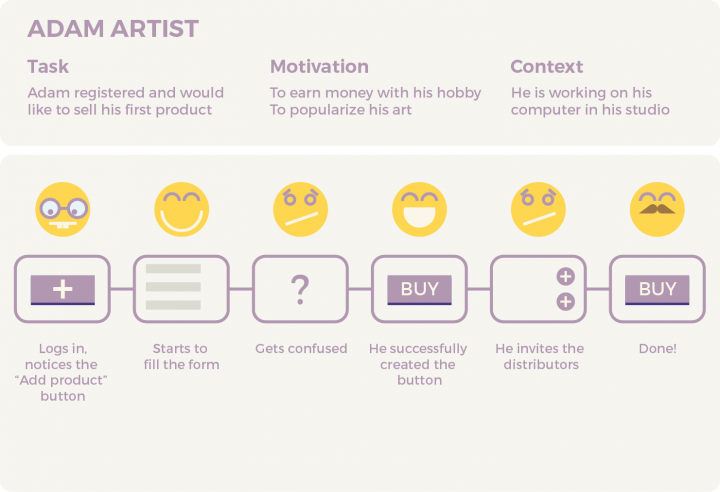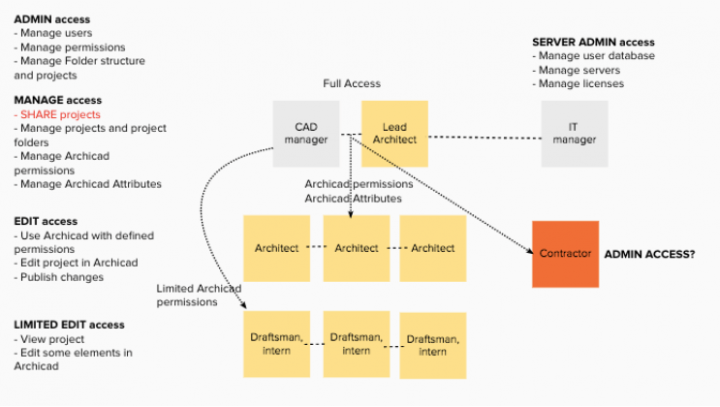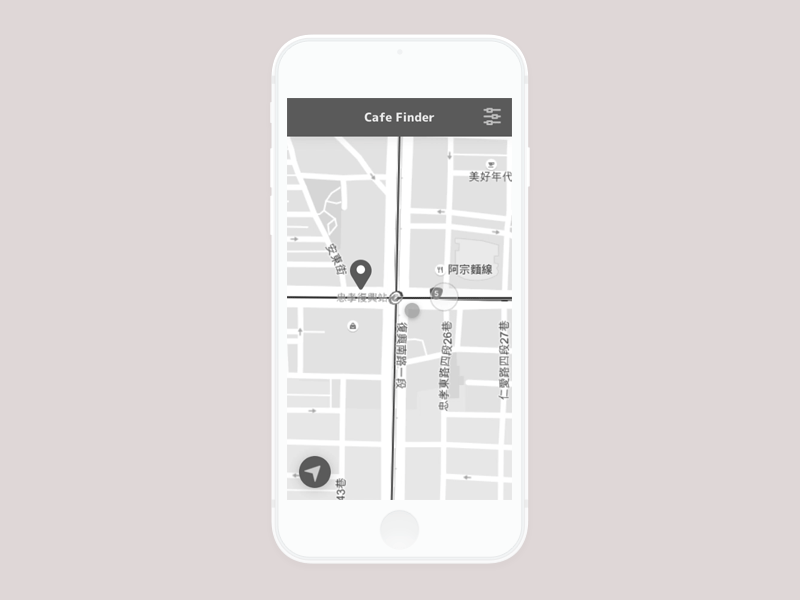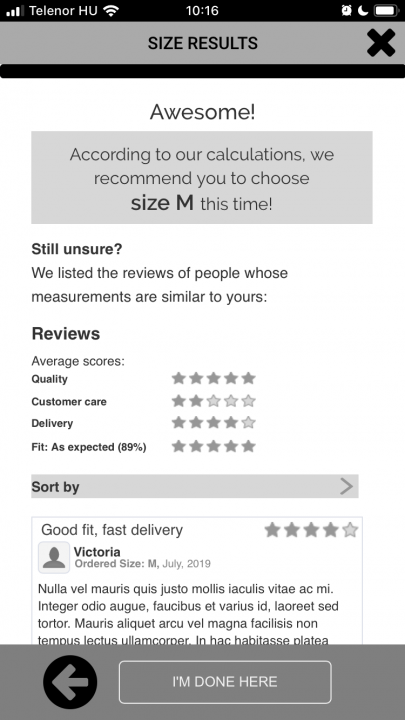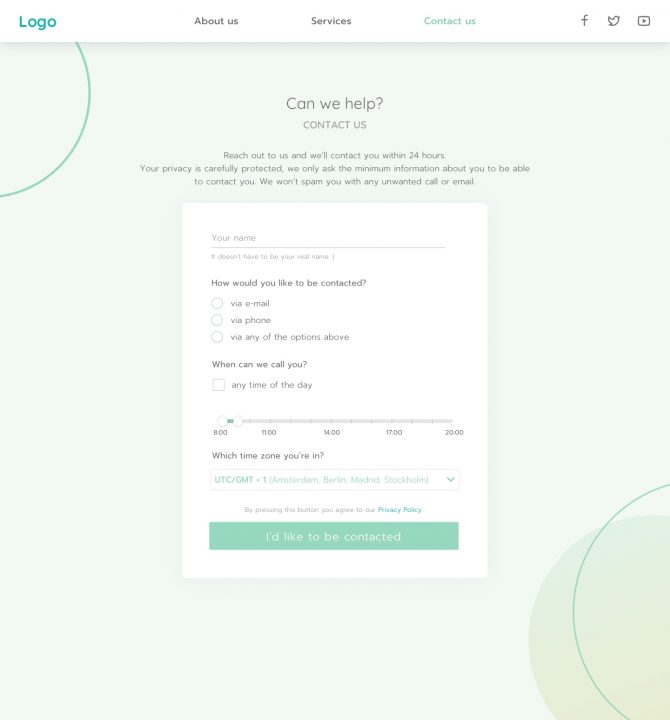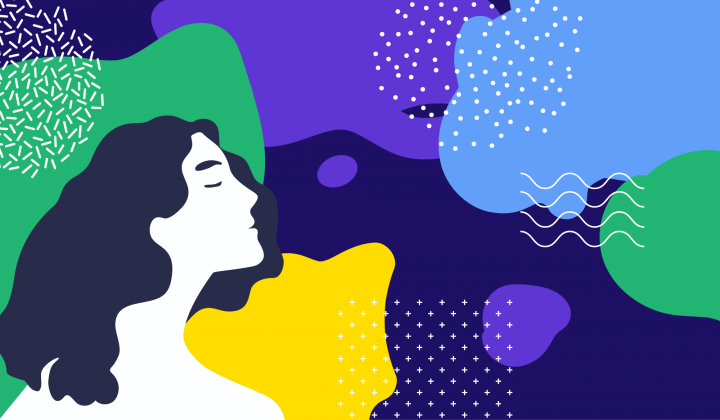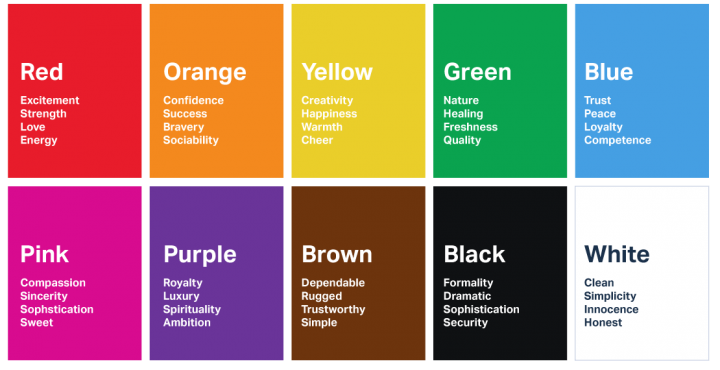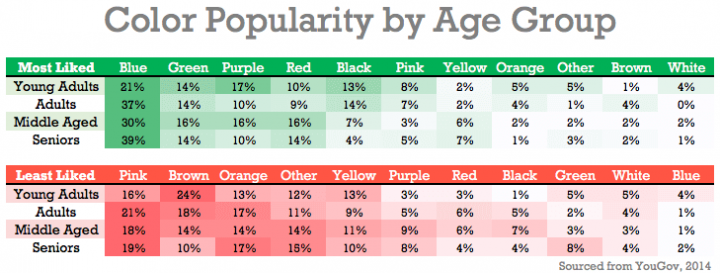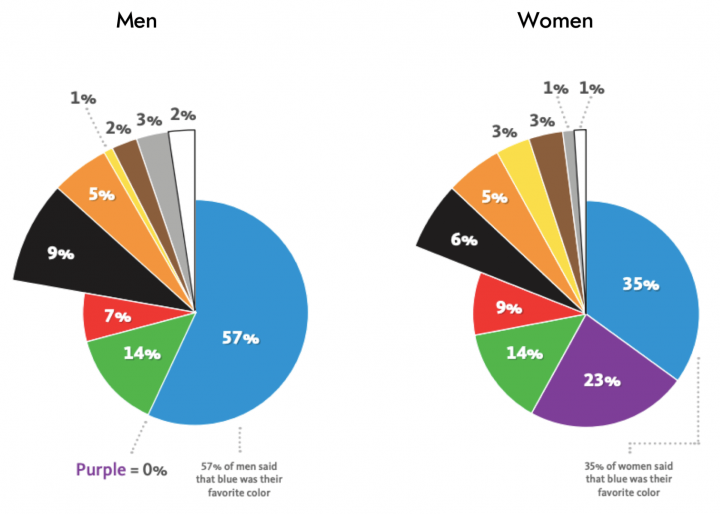Choosing a user experience (UX) design agency can feel overwhelming, especially for startup founders in India. In bustling cities like Mumbai and Bengaluru, where tradition meets cutting-edge innovation, a new wave of UX agencies is making waves. With so many options out there, how do you find the one that’s just right for your startup?
Let’s figure it out together!
But before we dive in, let’s explore why great UI and UX are crucial for your SaaS products, websites, and any other digital experiences.
Why UX Design is a Game-Changer
User experience (UX) design is all about boosting user satisfaction by refining how we interact with websites, apps, and devices. Essentially, UX design simplifies complexity, making things more intuitive and easier to use.
Although “UX” as a term is fairly recent, the idea of designing for usability and user-friendliness has been around for a long time. As early as 1973, Thomas J. Watson, the second president of IBM, emphasized this when he told Wharton students, “Good design is good business.” He strongly believed that thoughtful design could significantly help a good product achieve its full potential.
Let me kick things off with an eye-opening stat
Research from Forrester shows that, on average, every dollar invested in UX brings 100 in return. That’s an ROI of 9,900%.
Isn’t that HUGE?
This clearly shows just how important a well-crafted user experience is for your startup’s success. It can turn a good product into a great one, significantly boosting user satisfaction and driving business growth.
Hey wait , do you need more reasons to for this?
Then check this out
Why Investing in UI/UX Design is a Game-Changer
So, why should you really care about putting your money into UI/UX design? Let me tell you—it’s not just a nice-to-have; it’s a must-have. Here’s why I believe investing in great design is crucial for your business:
1. Enhanced User Satisfaction: Great design isn’t just about looking good; it’s about making things work seamlessly. An intuitive and visually appealing interface leads to a better experience for your users. Did you know that 88% of online consumers are less likely to return to a site after a bad experience? That’s huge! You don’t want your users walking away because your design didn’t hit the mark.
2. Positive Brand Perception: Your website or app design speaks volumes about your brand. In fact, 48% of users say that the design of a website is the number one factor in deciding a brand’s credibility. If you want to be seen as professional and reliable, investing in top-notch design is non-negotiable.
3. Increased User Engagement: A solid UI/UX strategy doesn’t just attract users; it keeps them engaged. Companies that prioritize UX can see conversion rates jump by up to 200%! That’s the kind of impact thoughtful design can have—it turns casual visitors into engaged users and, ultimately, loyal customers.
4. Building Brand Loyalty: A great user experience isn’t just a one-time thing—it builds trust and keeps users coming back for more. Happy users are repeat users, and repeat users become brand loyalists. And who doesn’t want that?
5. Competitive Advantage: Let’s be real—your competition is just a click away. About 89% of consumers are willing to switch to a competitor after a bad experience. That’s why having a superior design isn’t just important; it’s a competitive advantage. Don’t give your users a reason to go elsewhere.
6. Reduced Bounce Rates: When users find your website easy to navigate and interact with, they stick around longer. Intuitive design minimizes bounce rates and keeps visitors engaged. And the longer they stay, the better your chances of converting them.
7. Optimized Conversion Rates: Here’s a striking stat—one negative experience can decrease the chances of a future purchase by 62%. On the flip side, a positive user experience can boost conversions by up to 200%. It’s clear: investing in UI/UX isn’t just about aesthetics; it’s about driving real business results.
In short, good UI/UX design is more than just a pretty face for your digital products—it’s a powerhouse that drives user satisfaction, boosts engagement, builds loyalty, and ultimately, fuels your business growth. If you want to stand out and succeed, investing in UI/UX is one of the smartest moves you can make.
So, I think I’ve given you plenty of reasons to seriously consider bringing in a UI/UX agency, right? If you’re nodding along, thinking, “Yeah, I need this,” then you’re on the right track!
So, How Do You Get Started?
First things first, you need to know where to look. There are several great places to find top-notch UI/UX agencies:
- Online Directories: Websites like Clutch, GoodFirms, and DesignRush have extensive listings of UI/UX agencies. You can filter by location, budget, and client reviews to find one that suits your needs.
- Freelancer Platforms: Platforms like Upwork and Toptal not only feature individual freelancers but also boutique design agencies. This is a great option if you’re looking for something more flexible or budget-friendly.
- LinkedIn: Never underestimate the power of LinkedIn. Search for UX design agencies or browse through recommendations in your network. Sometimes the best agencies are just a connection away.
- Design Communities: Sites like Dribbble and Behance showcase portfolios of agencies and designers. You can see their work firsthand and reach out directly if something catches your eye.
- Word of Mouth: Sometimes, the best recommendations come from those who’ve been there. Ask your peers, colleagues, or other founders in your network about their experiences with UX agencies.
Finding the right UX agency is about more than just a Google search; it’s about doing your homework and finding a partner who aligns with your vision. So, roll up your sleeves, dig in, and start exploring these options. Your perfect UI/UX partner is out there, and with the right approach, you’ll find them!
So next step is lets compare the shortlisted agencies.
What You Need to Look for in a Top UX Agency
When you’re choosing a UX agency, it’s not just about finding one with a shiny portfolio or impressive-looking designs. It’s about finding a true partner—one that understands your vision and is tuned into your unique needs. So, let me break down what I believe you should be looking for:
1. A Diverse Portfolio: Look for agencies that showcase a variety of design styles and solutions. A diverse portfolio shows they’re adaptable and capable of handling different types of projects. You don’t want a one-trick pony; you want a team that can think outside the box and tailor their approach to suit your specific needs.
2. A User-First Philosophy: Make sure they live and breathe user-centric design. The right agency will prioritize understanding user needs and behaviors through deep research. UX isn’t just a buzzword or a box to tick; it should be at the core of their entire process. After all, if they don’t get your users, they won’t get your product.
3. Clear and Open Communication: You want a partner who knows how to communicate—plain and simple. They should be able to take your goals and turn them into a clear, actionable plan. And, importantly, they should keep you in the loop every step of the way. No one likes to be left in the dark, especially when it comes to something as crucial as your product’s user experience.
4. End-to-End Services: Look for agencies that provide a full range of services—from initial concept and user research to final design , application development and post-launch support. This ensures the process is seamless and integrated. Trust me, it’s a game-changer when you have a team that can handle everything from start to finish without dropping the ball.
5. A Strong Track Record of Client Satisfaction: Dive into their client reviews and case studies. Don’t just take their word for it—see what their clients have to say. Positive feedback and successful case studies speak volumes about their ability to deliver.
Ultimately, it’s about finding a UX agency that aligns with your vision and values. I’ve been through this process enough to know that the right partner can make all the difference. So take your time, do your research, and choose wisely. Your product (and your users) will thank you for it!
One more crucial step to see if agency UI/UX design costs are a good fit for you:
Before making a final decision on a UX agency, it’s essential to dig deeper what UI UX design cost in India and see if it aligns with your budget and expectations. Remember, investing in UI/UX design is not just about finding the cheapest option but about getting the best value for your money.
Here’s what you need to consider:
- Understand What’s Included: Ensure you know what the pricing covers—are you getting end-to-end services like research, prototyping, testing, and post-launch support? Make sure there are no hidden costs.
- Compare Pricing Models: Different agencies have different pricing structures—some might charge hourly, others may offer project-based or retainer models. Understand which model works best for your needs.
- Evaluate Return on Investment (ROI): Think about the potential ROI. A higher initial investment in a great UX design can lead to significant gains in user satisfaction, engagement, and conversion rates down the line.
- Negotiate and Ask Questions: Don’t hesitate to ask for clarity on costs or negotiate for a package that best fits your needs. A good agency will be transparent and open to discussing pricing that aligns with your budget.
Taking these steps will help you determine whether the cost of hiring a particular UX agency is justified and whether it will bring the right value to your business. After all, it’s about finding a partner who not only fits your budget but also delivers quality that drives growth.
You might also want to check out Emerge Digital.
If you’re on the hunt for a top-tier UX agency in India, let me tell you about Emerge Digital. They’re not just another UX agency; they’re known for their evidence-based approach to crafting user experiences. Emerge Digital is all about creating engaging and profitable experiences that are rooted in data and real insights—not just guesswork.
With over five years of experience under their belt, they’ve collaborated with some amazing startup brands. Their range of services covers everything from UX research and usability testing to accessibility testing and UX strategy. What sets them apart is their commitment to sharing their knowledge, empowering their clients, and giving back to the industry.
If you’re looking for a team that doesn’t just deliver, but also helps you grow and understand the UX process, Emerge Digital is worth considering.
Reach out to them at: [email protected] or visit at www.emergedigital.co
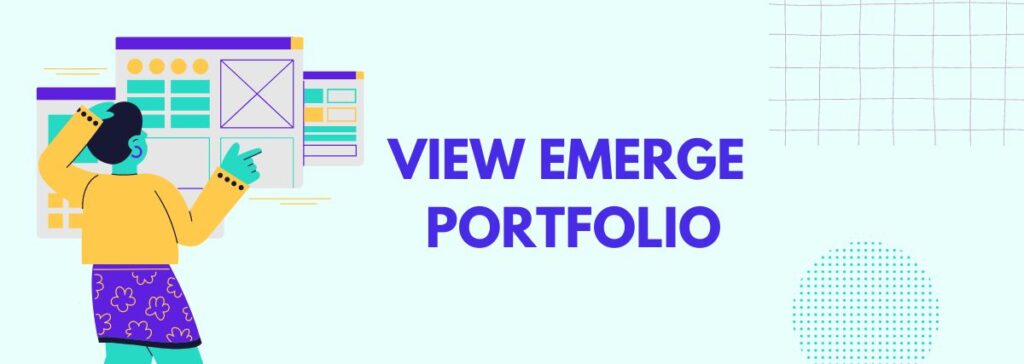
Now that you’ve chosen your UX agency, it’s time to set expectations and understand what a great partnership looks like. Here are five key things you should expect from your UX design agency
Need to know more top agencies in India, do check UI UX agencies in India with a strong track record of successful projects.
What to Expect from Your UX Design Agency
- Deep Research and Understanding: A strong UX agency will begin with comprehensive research into your industry, target audience, and competitors. This foundation helps them design solutions that truly meet your users’ needs and align with your business goals.
- A User-Centric, Customized Approach: The best agencies prioritize your users, focusing on their needs and behaviors to create designs that are both functional and engaging. Expect solutions that are specifically tailored to your brand and objectives—not one-size-fits-all templates.
- Prototyping and Iterative Testing: Look for agencies that provide interactive prototypes and conduct user testing to gather real feedback. This approach ensures the final product is refined and optimized for the best user experience.
- Transparent Communication and Collaboration: Effective communication is key. Your agency should involve you in workshops, brainstorming sessions, and regular check-ins to keep you informed and aligned throughout the process.
- Ongoing Support and Measurable Results: A great UX agency doesn’t just disappear after launch. Expect post-launch support for enhancements based on user feedback, along with a focus on delivering measurable outcomes to ensure your investment is driving real business value.
With these expectations in mind, you’ll be set up for a successful collaboration that leads to a standout user experience for your product.
Final Takeaway
Now that you have a clear idea of what to look for in a top UX agency and what to expect from your collaboration, you’re well on your way to creating a stellar user experience that aligns perfectly with your brand and business goals. Remember, the right UX partner is more than just a service provider—they’re an extension of your team, helping you shape your product’s future.
So, take your time, do your homework, and choose wisely. The journey to a great user experience starts with the right partnership. And who knows? This could be the start of something amazing for your business. Happy designing, and here’s to building something incredible together!
